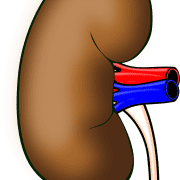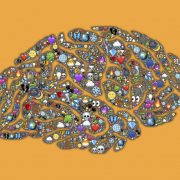The motor cortex… and the kidney?
My favorite topic is not Posturology! Now, although that may come as a surprise to anyone reading this blog, one has to think that, if I can appreciate Posturology this much, it is because of its widespread and profound impact on physiology. While those impacts are mechanical in nature, this piece from 2012 could be a piece of the puzzle as far as an explanation for the systemic changes we can see clinically.
The kidney, as it is the case for the other visceral organs, is under the influence of the autonomic nervous system. If it’s true that the sympathetic branch of this system can be responsible for fight or flight responses in acutely stressful situations, it has been shown that there is sympathetic output with voluntary limb movement as a predictive response.
Some predictive responses fit with the concept of allostatic regulation in which a central command from higher brain centers that are the origin of the central command have not been fully identified.
What was found is that, in the rat, there was a connection between the kidney, sympathetic nervous system fibers and the cerebral cortex. A specific layer of the cortex involved is layer V, a major output layer of the cerebral cortex. What is even more fascinating to consider is that, in the various animals that were tested, in the majority of the times, these connections between the kidneys and the cortex were controlateral.
This connection between the cortex and the kidneys actually go beyond motor areas. For example, to some extent, the somatosensory cortex, the insula and even the medial prefrontal cortex were involved).
When one is seeking the physiology behind Posturology’ possible systemic results, one can now add this perspective to the list!
http://www.jneurosci.org/content/32/19/6726.long




